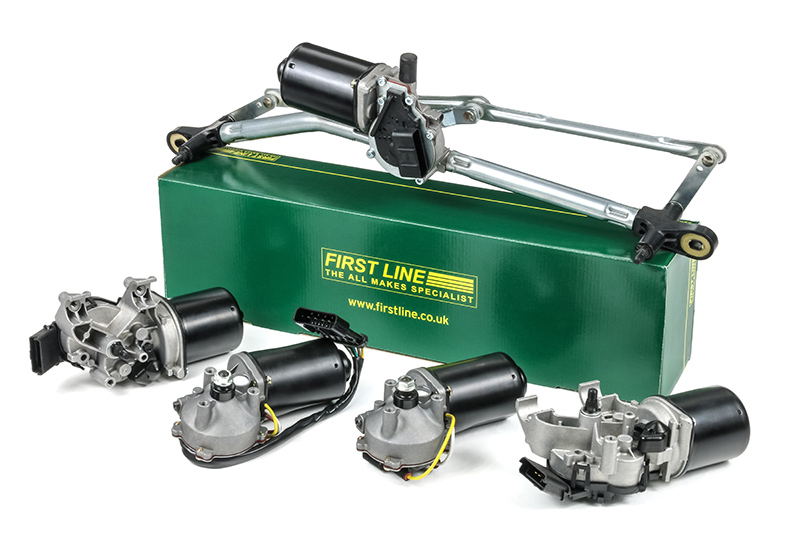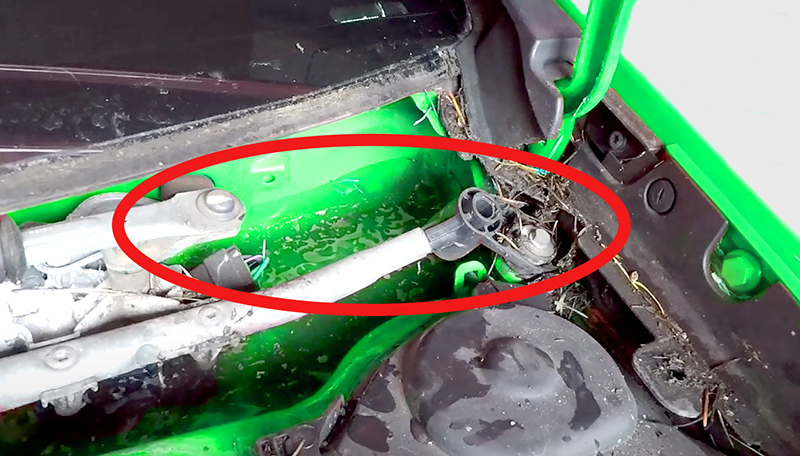
First Line outlines some common wiper motor failures to the PMM audience.
Due to certain vehicle defects, some wiper motors will always be more prone to failure than others. Therefore it is advisable that aftermarket workshops be proactive and know how to deal with common failures in advance.
For instance, First Line has found that the Renault Clio wiper motor (FWM1004/BWM1004) fails as a result of being submerged in water due to a blocked drain channel and is recommending that technicians check this when vehicles come into the workshop.
Jon Roughley, Global Marketing Director for First Line, advises: “To resolve the issue, technicians need to not only replace the wiper motor, but during the procedure, must also remember to clear any blockages, check all the drain holes and ensure the mechanism is free of corrosion and moving freely. In addition, proactive workshops would do well to advise the customer to keep an eye on the situation to ensure it is kept free of debris and able to drain properly.”
On a lot of cars, the company has also found that the most common cause of the wiper motor failure is because linkages wear, which leads to the ball joints popping out of their sockets, bringing the wiper blades to a complete stop. However, with the popular, first generation Nissan Qashqai, there is another big problem to be aware of.

Rust build up
Reacting to the high demand for replacement motors for this vehicle, First Line’s product team investigated the problem and discovered a weakness in the design of the OE product, which results in the output shaft seizing, due to the build-up of rust.
This is caused because the output shaft is neither sealed nor lubricated and due to its location, following heavy rainfall, water is able to penetrate between the shaft and motor housing, which allows rust to accumulate.
As the rust builds up, the motor is put under stress, contending with the rising levels of friction on the shaft to keep the wipers moving, until the point when the increased load is drawing a current greater than 30amps, which is when the wiper motor’s fuse will blow.
In addition, should the water that has penetrated between the shaft and housing freeze or the wiper blades freeze to the windscreen and are not freed before the wipers are switched on, the excessive load on the motor may also induce premature failure.
Jon added: “Availability is key in the aftermarket and so we recommend stocking up on these products to meet demand. As wiper blades are a crucial safety feature, technicians should be checking them and the mechanism, including the motor, on every vehicle as part of the service inspection.”
To support garages to encourage drivers to replace their wiper blades, First Line has produced a handy poster, outlining key information on when to replace wiper blades, to get the poster simply click here.









